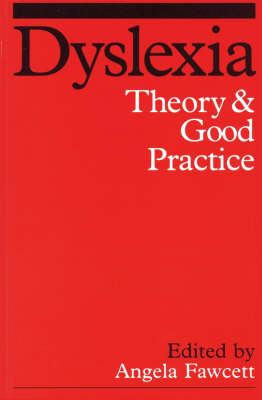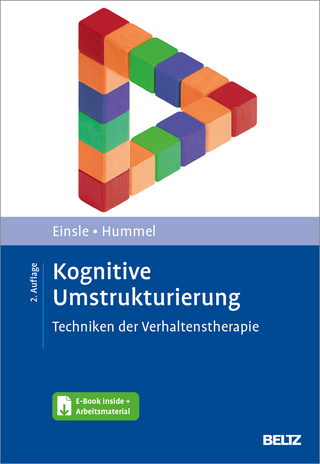
Dyslexia
Good Theory and Practice
Seiten
2001
Whurr Publishers Ltd (Verlag)
978-1-86156-210-4 (ISBN)
Whurr Publishers Ltd (Verlag)
978-1-86156-210-4 (ISBN)
- Titel ist leider vergriffen;
keine Neuauflage - Artikel merken
Presents a selection of papers, from the 5th International Conference of the British Dyslexia Association in 2001, and brings together perspectives on aspects of theory and practice. This book covers the major theories of dyslexia and reflects state-of-the-art knowledge in developing areas such as genetics and infancy research.
This is the 2001 volume in the series emanating from successive International Conferences organised by the British Dyslexia Association. Considerable progress has been made in identifying the causes of dyslexia and providing intervention to break into the cycle of failure. This selection of papers, from the 5th International Conference of the British Dyslexia Association in 2001, brings together perspectives on aspects of theory and practice. A key feature is the inclusion of a series of chapters on good practice from infancy to adulthood, in addition to themes on biological bases, cognitive processes and intervention. The research reported covers all the major theories of dyslexia and reflects state-of-the-art knowledge in developing areas such as genetics and infancy research. Authors include not only keynote speakers Maryanne Wolf, Joe Torgesen and John Stein, but also many other major international players. A particular highlight is the call from Rod Nicolson to consider targets for dyslexia research for the next decade, in terms of unity of purpose.
This is the 2001 volume in the series emanating from successive International Conferences organised by the British Dyslexia Association. Considerable progress has been made in identifying the causes of dyslexia and providing intervention to break into the cycle of failure. This selection of papers, from the 5th International Conference of the British Dyslexia Association in 2001, brings together perspectives on aspects of theory and practice. A key feature is the inclusion of a series of chapters on good practice from infancy to adulthood, in addition to themes on biological bases, cognitive processes and intervention. The research reported covers all the major theories of dyslexia and reflects state-of-the-art knowledge in developing areas such as genetics and infancy research. Authors include not only keynote speakers Maryanne Wolf, Joe Torgesen and John Stein, but also many other major international players. A particular highlight is the call from Rod Nicolson to consider targets for dyslexia research for the next decade, in terms of unity of purpose.
Introduction -- Targets for Dyslexia Research. Part 1. Biological bases. Genetics. Cerebellum. Magnocellular. Anatomy. Part 2. Cognitive Responses in Infancy. Part 3. Intervention. Theory and Practice of Intervention. Intervention for Reading With Computers. Part 4. Treatment and Prevalence. Treating The Whole Person. Prevalence of Dyslexia. Part 5. Good Practice in identification and Intervention in. Pre--school Children. The Infant School. The junior School. The Secondary School. Adults. Higher Education.
| Verlagsort | Chichester |
|---|---|
| Sprache | englisch |
| Maße | 162 x 230 mm |
| Gewicht | 560 g |
| Themenwelt | Geisteswissenschaften ► Psychologie ► Allgemeine Psychologie |
| Geisteswissenschaften ► Psychologie ► Pädagogische Psychologie | |
| Medizin / Pharmazie ► Gesundheitsfachberufe ► Logopädie | |
| Sozialwissenschaften ► Pädagogik ► Sonder-, Heil- und Förderpädagogik | |
| ISBN-10 | 1-86156-210-1 / 1861562101 |
| ISBN-13 | 978-1-86156-210-4 / 9781861562104 |
| Zustand | Neuware |
| Haben Sie eine Frage zum Produkt? |
Mehr entdecken
aus dem Bereich
aus dem Bereich
Techniken der Verhaltenstherapie
Buch (2024)
Julius Beltz GmbH & Co. KG (Verlag)
35,00 €


